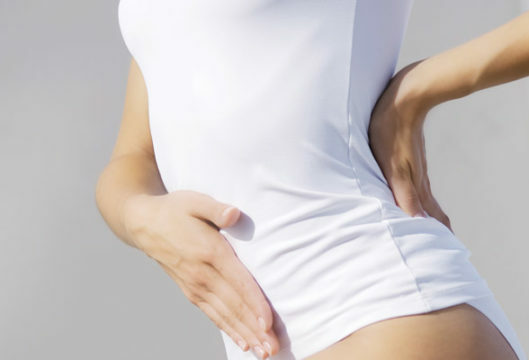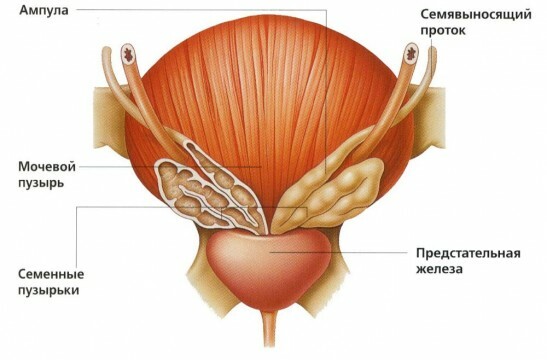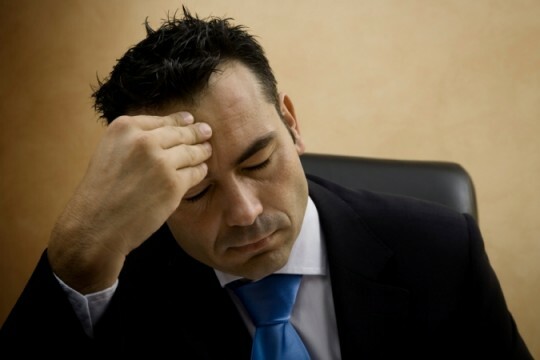Ovaries form an integral part of the reproductive system of women. The possibility of a woman to become pregnant, the development of the fetus and the general state of women's health depends on them. Any pathological changes, pain syndromes and discomfort can be caused by organic changes in the body.

Body structure
The organ is a connective fiber tightly interwoven with arteries, capillaries and vessels. On average, the volume of one ovary is 8 cm3, but this size can vary during the menstrual cycle.
Ovaries are located on the sides of the small pelvis. They connect with the fallopian tubes. Feeling of pain in the ovaries after menstruation makes itself felt because the ligaments with these tubes are permeated with nerve fibers.
These organs can undergo lifelong changes, in particular, they distinguish two types of development of changes:
- Irreversible - release of the follicle and maturation of the egg;
- Regular - changes within the same menstrual cycle.
Pain after monthly
Before the onset of menstruation, the woman's hormonal background undergoes several changes. The yellow body actively produces estrogen, the body is preparing for future fertilization. When fertilization does not occur, the periods begin. And at their end, the hormonal background comes back to normal.
It is during these days that symptoms of chronic diseases and pathological changes may appear. These include:
- Displacement of reproductive organs - it can be a consequence of active drug therapy for infertility, hormonal contraception, or is a congenital anatomical feature. With the use of hormonal drugs, the reproductive organs increase somewhat in size, can exert pressure on neighboring organs and mucous membranes, permeated with nerves. Instability of the psychological state. Since the menstrual cycle does not pass without changing the hormonal background, a woman can experience depression, insomnia, anxiety, fear. Depressive states can cause a decrease in the activity of hormonal organs. In this case, the ovaries can get sick suddenly and just as quickly calm down if the root cause is eliminated.
- Endometriosis. This disease is characterized by excessive separation of the uterine endometrium, its growth. In this case, the endometrium may be in the fallopian tubes, and in the ovaries. This can trigger pressure on nerve nets from the inside. Ectopic pregnancy. In spite of the fact that the monthly ones have already begun, the development of the fetal egg in the fallopian tube quite often makes itself felt much later.
- Peritonitis. Inflammatory foci in the abdominal area are manifested by the fact that after the monthly pains the entire area in the lower abdomen. Peritonitis occurs against the background of acute diseases during menstruation - cysts, neoplasms, hemorrhages in the ovary cavity.
Pain on the left
The common reasons for the pain in both ovaries after the end of menstruation were listed. Some patients complain that the ovary hurts on the left and only he is alone.

Even when the above disorders affect both ovaries, some of them can localize and affect the left one. In this area of the peritoneum there is an intestine and urinary system. Therefore, pain in the left ovary can become a symptom:
- Ooforita - inflammation, which is more often affected by the left ovary, the pain has a paroxysmal character;
- Cysts are fluid accumulations in a small oval that presses the ovary;
- Apoplexy - the outflow of blood into the ovary cavity.
In this case, the symptomatology and pain syndrome are more pronounced than with a similar diagnosis for the right organ, since the intestine is next to it. Pain will be more pronounced with swelling of the intestine, passage of feces along it.
Pain on the right
If the right ovary hurts after the months, the causes can hide in the same diseases as for the left one. But there are several conditions more characteristic for the right ovary and pain in it:
- Apoplexy - damage to blood vessels in the right ovary, due to infection, inflammatory focus, severe physical exertion. Most often occurs in the right ovary for the reason that it eats a large artery.
- Appendicitis - developing inflammation of the appendix can also be given by pain in the region of the right ovary.
Also, pain for both ovaries can also occur as a result of an increase in the size of the uterus, which exerts an external pressure on the organs and displaces several of them. This condition is accompanied by acute pain syndrome and requires medical care.
Cyst and neoplasm
Any of the ovaries can be subjected to the formation of cysts. Most often, the cyst affects the left side, but with what such statistics are connected, doctors find it difficult to answer.
The formation of the cyst is due to the inability to exit the ovum and thicken the ovary. The organ can be ill both before and after menstruation. In addition, the cyst is accompanied by symptoms such as increased frequency of urination, nausea, menstrual irregularities, minor bleeding in the middle of the cycle.
The detected cyst requires constant gynecological control, treatment, sometimes immediate removal is required if it increases in size and interferes with the work of other organs.
Apoplexy
A serious impairment, which can be accompanied by pain after menstruation, is the outflow of blood. It occurs due to vascular damage, excessive physical exertion, as a complication of the inflammatory processes of the pelvic organs.
Most often observed in the right ovary. Symptoms of apoplexy are sharp pains in the ovary throughout the menstrual cycle, which can give in the lower back, groin, rectum. Pale skin, dizziness, vomiting and nausea, chills and fever may also indicate apoplexy of the body.
If the pain develops, the body temperature increases, and the condition becomes worse, immediate treatment is required to prevent the development of intra-abdominal bleeding.
Treatment measures
Self-treatment of pain syndrome is possible only when it is caused by anatomical features, or pain provokes a cyst and a gynecologist prescribed special medication. In all other cases it is recommended to consult a specialist and eliminate the root cause.
In addition, the recommended dimensionality, smooth movement, lack of physical activity. Anesthetics can be taken. It is advisable to avoid sexual intercourse, stress, lack of sleep, and eat fully before consulting a doctor.
Pains and broken menstruation, lasting all month, regardless of the day of the cycle, require the diagnosis of pelvic organs, ultrasound, additional blood and urine tests, as they can be caused by gastrointestinal diseases, only giving pain to the pelvic area.




